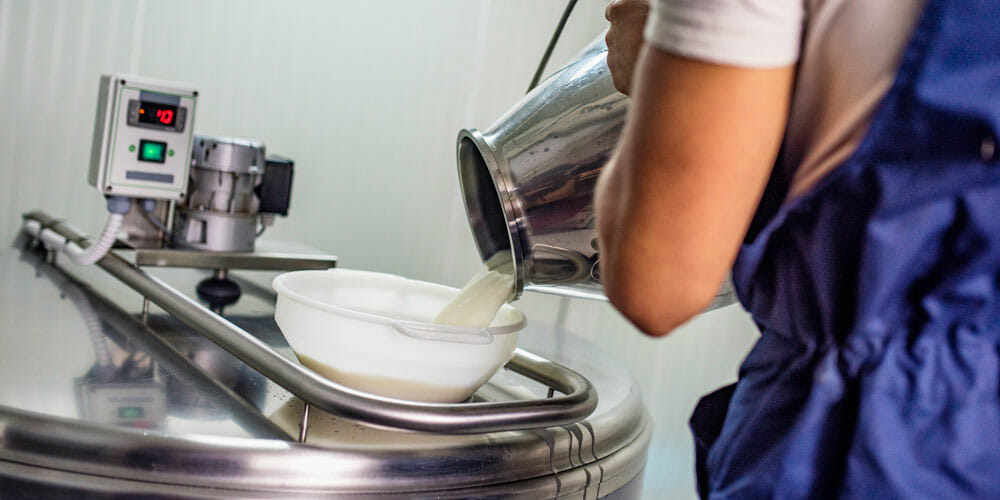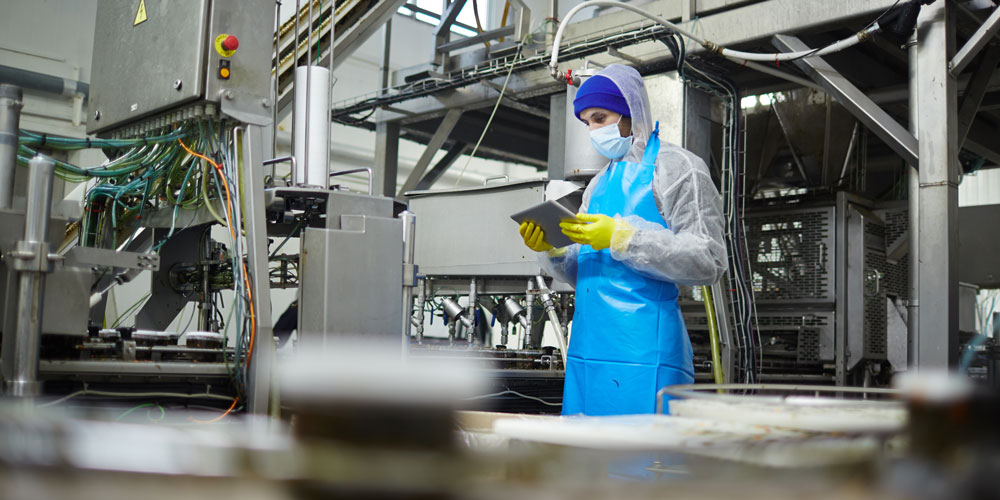SYMPTOMS OF A HUMIDITY PROBLEM AND WHAT TO DO ABOUT IT

If you work in the refrigerated building industry long enough, it’s bound to happen: High levels of humidity will find a way to cause all kinds of problems in your facility.
Whether it’s moisture ruining food products or ice creating safety issues, it’s rare for a humidity problem not to strike at some point. Knowing the symptoms of high humidity and how to address it is critical. For years, many plant operators have tried an assortment of “fixes,” only to waste time and money.
I always walk through the entire design with a contractor. I try to offer multiple solutions, ask them what they’ve tried. I always want to first work within the parameters specific to their problem.
Dan Dettmers, a Quest Applications Engineer, has more than 20 years working with contractors and facility operators in the cold chain, helping food processors, cold storage warehouses and retailers address their humidity problems.
But before jumping into the solutions, it’s important to be aware of the symptoms, many of which are common but tricky to handle.
It’s important to look for
- Frost buildup on ceilings, walls and racking
- Ice buildup on the floor
- Excessive frost load on evaporators
- Dripping condensation
- Ice/frost on refrigeration system components
- Wet ceilings and staining
Know the symptoms of high humidity
In the cold chain, frost and condensation are the tell-tale signs that you have a humidity problem. That may seem obvious, but sometimes folks simply assume it’s just a byproduct of working in cold environments where moisture is present, opting to ignore it rather than address it.
It’s important to also look for:
- Frost buildup on ceilings, walls, and racking
- Ice buildup on the floor
- Excessive frost load on evaporators
- Dripping condensation
- Ice/frost on refrigeration system components
- Wet ceilings and staining
Additionally, mold and mildew are clear signs that you have a humidity problem. However, they’re generally more common in smaller facilities where resources to address humidity problems aren’t as readily available.
“Mold and mildew are signs of an advanced humidity problem, where someone has missed the warning signs of high humidity and frost,” Dettmers said.
Developing holistic humidity solutions
Dettmers has built a reputation in the industry as an expert who approaches humidity problems with unmatched thoroughness and attention to detail, while simultaneously working to simplify and provide the most efficient solution for each project.
After spending time understanding the details of a facility, including its size, production process, primary symptoms, and the HVAC&R design, Dettmers walks through several steps, many of which work in conjunction with desiccant dehumidification.
“I always walk through the entire design with a contractor,” he said. “I try to offer multiple solutions, ask them what they’ve tried. I always want to first work within the parameters specific to their problem.”
- Adjust temp set points on evaporators
“Is the problem due to an operational change to the space or could an adjustment to evaporator temperature solve the issue?” Dettmers said. “Always explore operational set point changes to alleviate the issue before buying equipment. - Door Management
Every time that door opens, moisture is brought into the space. Find ways to keep doors closed more, or add sheeting as an extra barrier. - Investigate air balance for the problem area
Determine the source of the moisture. Often, the moisture originates elsewhere and is drawn into the problem area by an air balance issue. - Capture the moisture before it reaches the problem area
If preventing moisture from entering a problem area is impossible, why not address it at its source? An often simple fix is to place a refrigerant dehumidifier, similar to a Quest 506, in an adjacent room which may be contributing to the moisture problem. Once humidity is controlled in that space, it can stabilize the relative humidity in the cold chain facility, Dettmers said.

Desiccant Dehumidifiers provide another option
Once Dettmers has optimized a facility, working through the steps above, he’ll add desiccant dehumidifiers as needed, like those at NovelAire Technologies, rather than trying a handful of other solutions that may or may not work. The reason?
“Desiccant dehumidifiers are going to get the job done; it’s just that simple,” he said. “Historically, contractors didn’t like the idea of having to add more equipment to a design, because it costs more. But a majority of the time, they’re going to need them regardless, so it’s best to avoid wasting time and money and install them sooner rather than later.”
Another reason desiccant dehumidifiers aren’t the first option is that sizing and pricing have largely been a mystery to contractors.
“We want to be transparent about how we size and work with customers to solve things. Often it’s a back-and-forth to help customers be informed and know how we designed the solution,” Dettmers said. “That means you don’t have to just hope the money you’re spending on dehumidifiers will fix the problem.”
Often a combination of refrigerant and desiccant dehumidifiers is key to success.
Published on Aug 16 2019
Last Updated on Feb 16 2024
Categories: Cold Chain, Desiccants, Humidity, Industrial & Manufacturing
